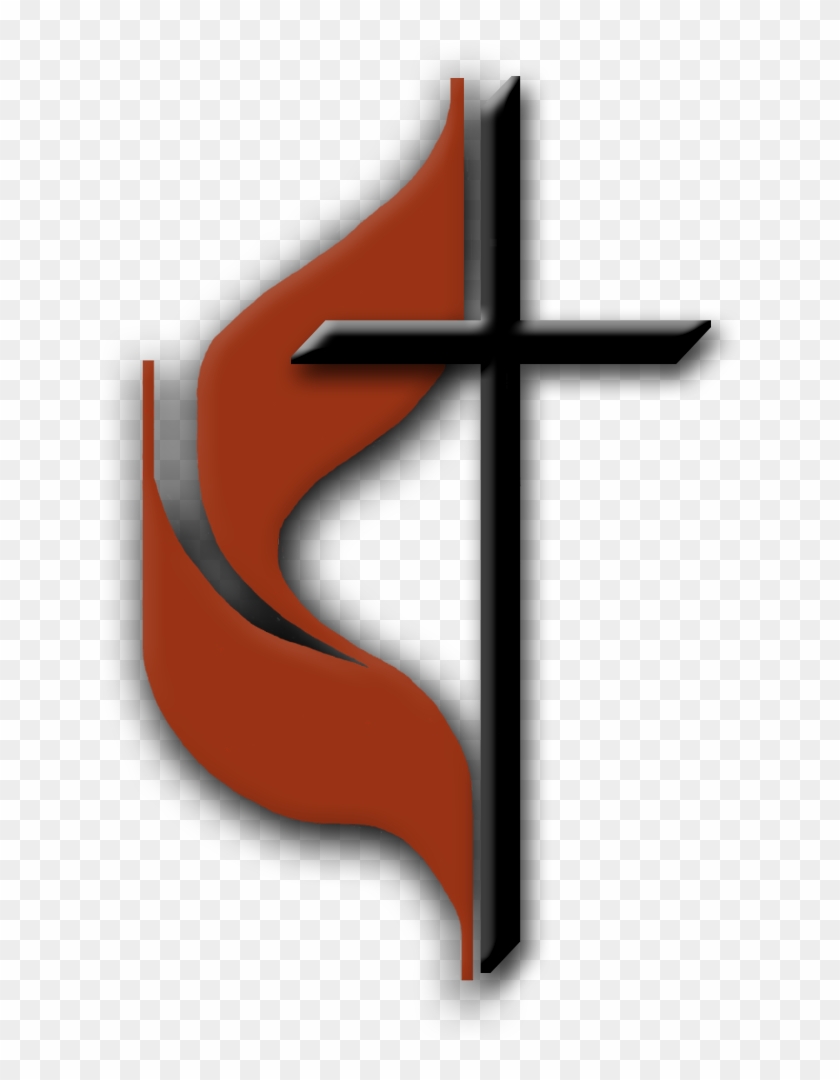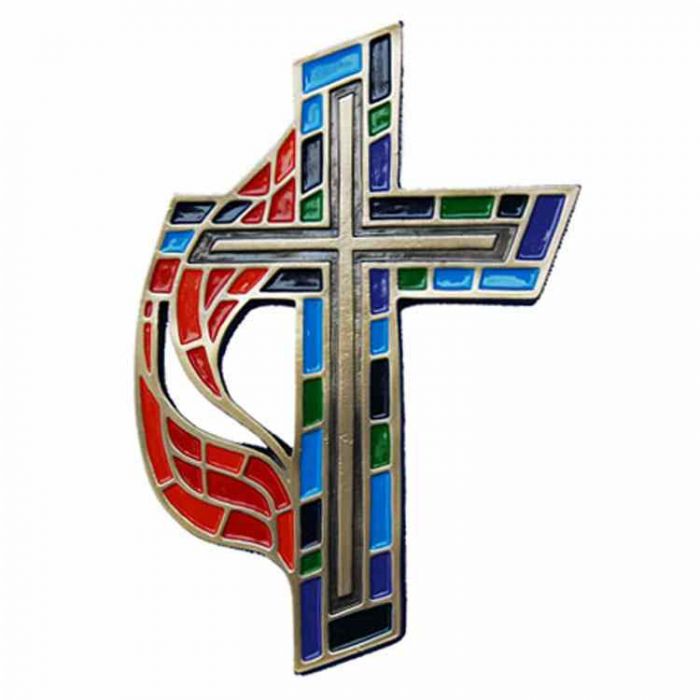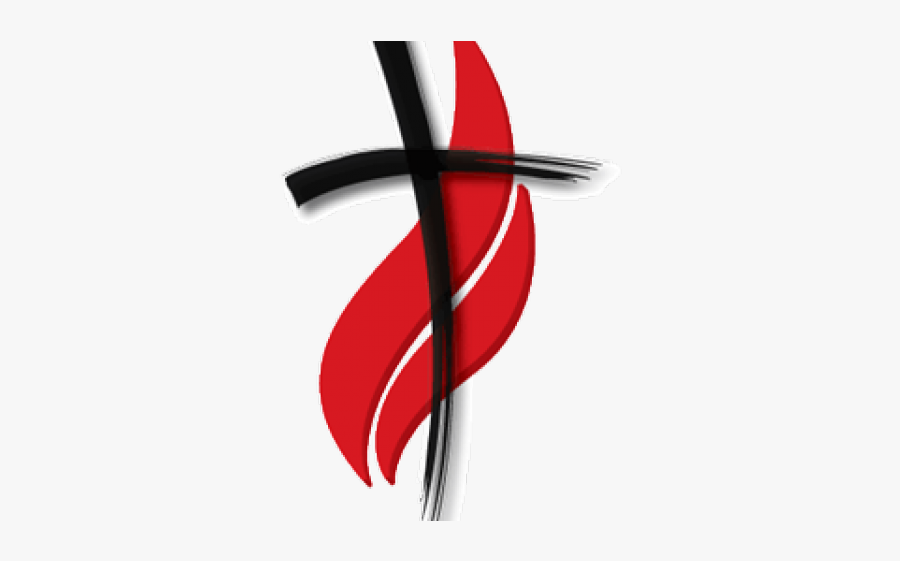United Methodist Cross: Symbolism, History, And Its Profound Significance
The United Methodist Cross is one of the most recognizable symbols in Christianity today, particularly within the Methodist Church. It represents deep spiritual meaning, rich history, and serves as a unifying emblem for millions of believers worldwide. This article dives deep into the origins, significance, and impact of this iconic symbol, making it an essential read for anyone interested in Christian theology or religious symbols.
Religious symbols are powerful tools that convey complex ideas through simple imagery. Among these, the United Methodist Cross stands out as a representation of faith, unity, and mission. Understanding its significance provides insight into the core values of the Methodist denomination.
Through this comprehensive guide, we explore the history, symbolism, and cultural importance of the United Methodist Cross. Whether you're a devoted Methodist or simply curious about religious emblems, this article will enrich your understanding of this revered symbol.
Table of Contents
- History of the United Methodist Cross
- Symbolism Behind the United Methodist Cross
- Design and Components of the Cross
- How the Cross is Used in Worship
- Global Significance of the United Methodist Cross
- Comparison with Other Christian Symbols
- Cultural and Spiritual Influence
- Modern Interpretations of the Cross
- Frequently Asked Questions About the United Methodist Cross
- Conclusion: Embracing the Meaning of the United Methodist Cross
History of the United Methodist Cross
The United Methodist Cross traces its origins back to the formation of The United Methodist Church in 1968. This significant year marked the union between the Methodist Church and the Evangelical United Brethren Church. As part of their efforts to create a unified identity, leaders of the new denomination adopted the cross and flame design as their official insignia.
Origins of the Design
The design itself draws inspiration from early Christian iconography. The cross represents Christ's sacrifice, while the flame symbolizes the Holy Spirit, emphasizing the Pentecostal experience where tongues of fire descended upon the apostles. This combination highlights the dual focus of the Methodist faith—love for God and love for humanity.
Historically, Methodist movements have always valued symbols that connect theology with practice. The adoption of the United Methodist Cross exemplifies this tradition by encapsulating core beliefs into one cohesive emblem.
Symbolism Behind the United Methodist Cross
The symbolism of the United Methodist Cross extends beyond its visual appeal. Each element of the design carries profound meaning, resonating deeply with Methodist teachings and values.
Key Elements of the Symbolism
- The Cross: Represents the sacrifice of Jesus Christ and the central tenet of Christian faith.
- The Flames: Symbolize the Holy Spirit, reminding believers of the transformative power of God.
- Unity: The combined imagery reflects the unity of all Christians under one God.
These elements work together to convey a message of hope, salvation, and spiritual growth, making the United Methodist Cross more than just a decorative symbol.
Design and Components of the Cross
The design of the United Methodist Cross is deceptively simple yet rich in detail. Comprising a traditional cross overlaid with two tongues of flame, the emblem is both elegant and meaningful. Let’s break down its components:
Design Features
- Proportions: The cross is proportioned to reflect balance and harmony.
- Flame Placement: The flames are positioned at the base of the cross, suggesting the descent of the Holy Spirit.
- Color Palette: Traditionally rendered in gold or silver, the colors evoke reverence and solemnity.
This thoughtful design ensures that the United Methodist Cross remains a timeless and universally recognized symbol.
How the Cross is Used in Worship
The United Methodist Cross plays an integral role in Methodist worship practices. It appears in various forms across churches, from stained glass windows to altar decorations, reinforcing its importance in liturgical settings.
Common Applications in Worship
- Church Decorations: Often featured prominently in church interiors, serving as a focal point during services.
- Personal Devotion: Worn as jewelry or displayed in homes, offering personal reminders of faith.
- Educational Tools: Used in Sunday school programs to teach children about Methodist beliefs.
By integrating the cross into worship, Methodists ensure that its message of love and redemption remains ever-present in their lives.
Global Significance of the United Methodist Cross
Beyond its local congregations, the United Methodist Cross holds global significance. As Methodism spreads across continents, the emblem serves as a unifying force among diverse cultures and communities.
International Impact
- Interfaith Dialogue: Acts as a bridge in interfaith discussions, showcasing shared Christian values.
- Cultural Adaptation: Adapts to local customs while maintaining core symbolism.
- Missionary Work: Serves as a visual representation of Methodist missions worldwide.
This global reach underscores the enduring power of the United Methodist Cross as a symbol of faith and unity.
Comparison with Other Christian Symbols
While the United Methodist Cross shares similarities with other Christian symbols, it has unique characteristics that set it apart. Comparing it with emblems like the Ichthys (fish) or the Jerusalem Cross highlights its distinctiveness.
Key Differences
- Focus on the Holy Spirit: Unlike many Christian symbols, the United Methodist Cross explicitly incorporates the Holy Spirit through its flame design.
- Denominational Identity: It uniquely represents Methodist theology and values.
- Modern Interpretation: Designed in the 20th century, it reflects contemporary artistic sensibilities.
These distinctions make the United Methodist Cross a powerful representation of Methodist identity within the broader Christian tradition.
Cultural and Spiritual Influence
The influence of the United Methodist Cross extends beyond religious contexts. Its imagery has inspired art, literature, and even public policy, demonstrating its far-reaching impact.
Impact on Society
- Artistic Expression: Appears in paintings, sculptures, and other forms of creative expression.
- Social Justice Movements: Used in campaigns advocating for peace, equality, and justice.
- Educational Materials: Featured in books and multimedia resources to promote understanding of Methodist beliefs.
Through these avenues, the United Methodist Cross continues to inspire and educate people around the world.
Modern Interpretations of the Cross
In recent years, artists and designers have reinterpreted the United Methodist Cross in innovative ways. These modern adaptations maintain the core symbolism while appealing to contemporary audiences.
Examples of Modern Adaptations
- Digital Art: Created using digital tools, offering vibrant and dynamic representations.
- Fashion Design: Incorporated into clothing and accessories, allowing individuals to express their faith stylishly.
- Interactive Media: Utilized in virtual reality experiences and online platforms, engaging younger generations.
These adaptations ensure that the United Methodist Cross remains relevant in an ever-changing world.
Frequently Asked Questions About the United Methodist Cross
What Does the United Methodist Cross Represent?
The United Methodist Cross represents the sacrifice of Jesus Christ and the presence of the Holy Spirit. It also symbolizes unity and mission within the Methodist Church.
Why Was the Cross Adopted as the Official Emblem?
It was chosen to reflect the merger of the Methodist Church and the Evangelical United Brethren Church, emphasizing unity and shared values.
How Can I Incorporate the Cross into My Faith Practice?
You can incorporate the cross by wearing it as jewelry, displaying it in your home, or using it as a meditation tool during personal devotion.
Conclusion: Embracing the Meaning of the United Methodist Cross
The United Methodist Cross is far more than a decorative emblem; it is a profound symbol of faith, unity, and mission. By understanding its history, symbolism, and cultural significance, we gain deeper insight into the Methodist tradition and its place within Christianity.
We invite you to share your thoughts and experiences with the United Methodist Cross in the comments below. Additionally, feel free to explore other articles on our site for further insights into religious symbols and their impact on society.
Thank you for joining us on this journey of discovery. May the message of the United Methodist Cross inspire and guide you in your spiritual path.



